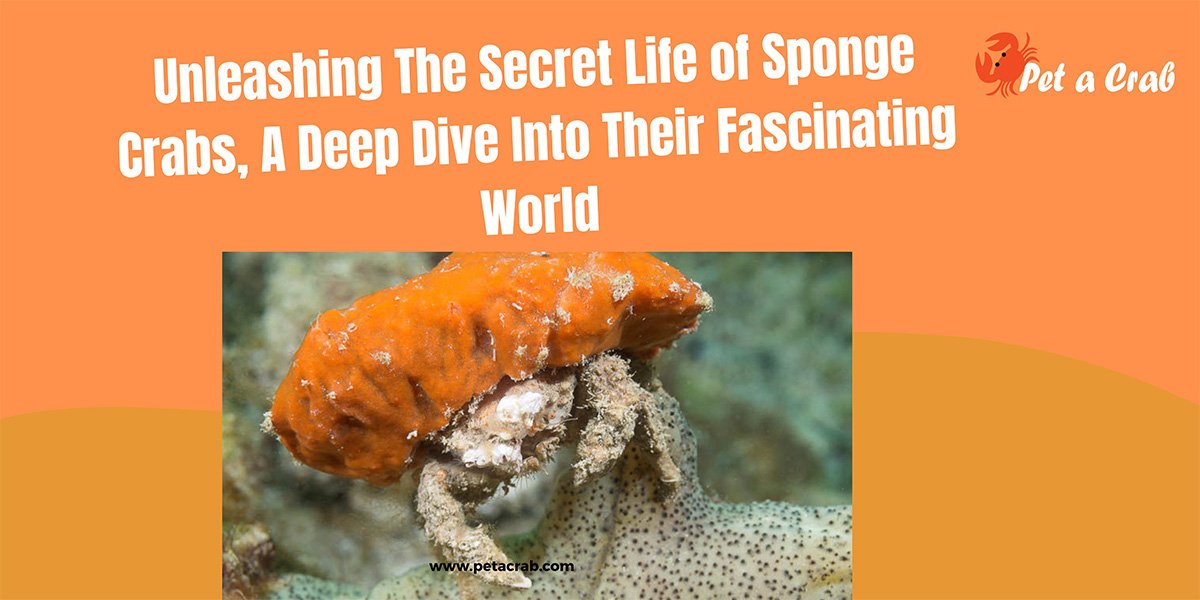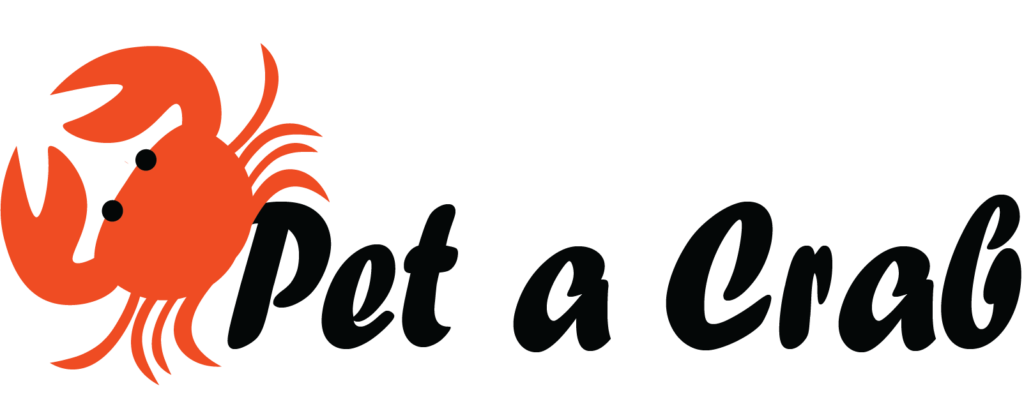In this world, there is a vibrant universe teeming with a myriad of species. Each one is more fascinating than the others. One such creature is a sponge crab that is from the Dromiidae family. Their name is also a sleepy crab. In this blog post, we’re going to dive into their lives, classification, fascinating behavior, explore their character, lifestyle, and more.

So, let’s start!
Distribution
From the shallow water of the tropical sea to the colder regions of the deep ocean, they successfully adapt to various climates and conditions. The sponge crab is found in the Mediterranean Sea, North Sea, and the connecting parts of the northeastern Atlantic Ocean. While they can be found in different marine environments, they were also found in warmer climates of the Indian and Pacific Oceans.
The Classification of Sponge Crab
Firstly, you should know about sponge crab classification which helps you to know about their family order and more. Here the classification is
- Kingdom: Animalia
- Phylum: Arthropoda
- Subphylum: Crustacea
- Class: Malacostraca
- Order: Decapoda
- Infraorder: Brachyura
- Family: Dromiidae
- Genus: Lauridrimia
- Species: L.dehaani

Basic Introduction
The Dromiidae family is big and diverse, consisting of approximately 170 unique species. Sponge crab is one of them. It has a typical carapace which instead of being flat and angular, is rounded on oval shaped. They have spines or bumps. Sponge crab has a puffy body. The body is covered with fine fur and also has pink tips on the pitchers.
Physical Attributes and Identification
Sponge crab is approximately varying in size from 1 to 5 inches. Mainly they have a unique set of physical features. Sponge crab has two back legs, which are adapted into gripping appendages known as “prehensile legs”. These legs are curved and covered with rigid objects. They have rear legs that help to hold onto the body.
Also, they have color variation with shades which helps them to camouflage with the surroundings, acting as an effective line of defense against predators.
Habitat of Sponge crab
Sponge crabs are nocturnal, so they are usually seen at night. In the daytime, they hide and are well camouflaged. They don’t enjoy the light from one’s dive light and head for cover once the light hits them. They are found on coral and rock reefs. Also, they are seen in the rubble areas on the reef tops. Sponge crab even resides in the lower show depth of 50 meters or often in caves.
Lifespan
The average lifespan of sponge crabs is 5 to 7 years. Honestly, it depends on their environmental factors and predator threats.

Dietary Habits
As sponge crabs are omnivores, they sustain themselves on a diverse diet. They intake food consisting of small invertebrates, detritus, algae, or decaying matter. Also, they eat various organic compounds found in their marine life. Sponge crab has a very unique method of defense which includes carrying a sponge on their back.
Large species like octopuses, big fish, and even other crustaceans are known to prey on them.
Lifestyle
In their daily life, sponge crabs do many interesting things. They do such as foraging for food, grooming their sponge companions, and defending their territories from predators. Sponge crabs love social interaction with other members of their species, particularly during their mating season. During that time male sponge crabs attracted females and secured their place in the colony.
Reproductive Behaviour
The reproductive journey of a sponge crab is complex and intriguing. While male sponge crabs have been observed to hold onto their chosen females for days before their mating phase. Eventually, this ensures that the post-mating is where the females are most open to the process.
After the mating process, the female crab carries the resulting eggs securely under her belly. The journey from eggs to adults has many phases. The phase like larvae and progression through several development phases. These processes sustain the existence of the sponge crab population in marine environments.

Importance in Ecology
In our ecological system, every creature is important. Sponge crabs also play a crucial role in the marine ecological system. They maintain a proportional food chain and also promote diversity. They consume sponges and algae that help to control the population of their organisms. Also, it prevents overgrowth that can harm coral reefs and other marine life.
Human Impact on Sponge Crabs Life
At present sponge crab is at risk for various reasons. Mainly human activities, including pollution and habitat destruction impact their life. The healthy ocean is linked with the creatures. So, any kind of degradation of their marine habits can disrupt their life. It can disrupt their lifecycle, diet, and also their reproductive patterns.
Waste disposal in the seas causes a lot of pollution that affects the water quality and harms marine species including sponge crabs. Overfishing and reckless trawling practices can also demolish the sea environment. So, we should drive awareness about sustainable and responsible practices.
Responsible practices like promoting responsible fishing practices, limiting pollution, and actively working towards the conservation of marine habits. We can secure sponge crab survival by safeguarding their habitat.
Sponge Crab as a Pet
Sponge crab is a very beautiful creature that you can keep as a pet. Selecting them as a pet is easy but maintaining them is hard. It takes a lot of responsibility to keep them as pets. You have to ensure their habitat is like their natural life. Things like temperature, water parameters, humidity, light, and many more. Also, you have to look at their diet and health.
So, if you choose them as a pet make sure to care for them properly.
FAQS
1. What are the fun facts about sponge crab?
Answer: The fun fact about sponge crabs is that they carry a camouflage cap over their back which they trim and also keep tidy.
2. What is the specialty of sponge crab?
Answer: Sponge crab can walk in the direction and mostly walk and run sideways.
3. What are the benefits of a sponge crab camouflage?
Answer: The sponge crab has a camouflage that can help them free from toxins and chemicals that also deter predators.
Wrap up
In this world sponge crab is truly a gem. We need to cherish these beautiful creatures. So, let’s continue to explore this creature. Also, protect these fascinating creatures to ensure a thriving marine environment for all. Hope this article will help you to know about this fascinating creature.
Read: Learn interesting knowledge about ruggie hermit crab

